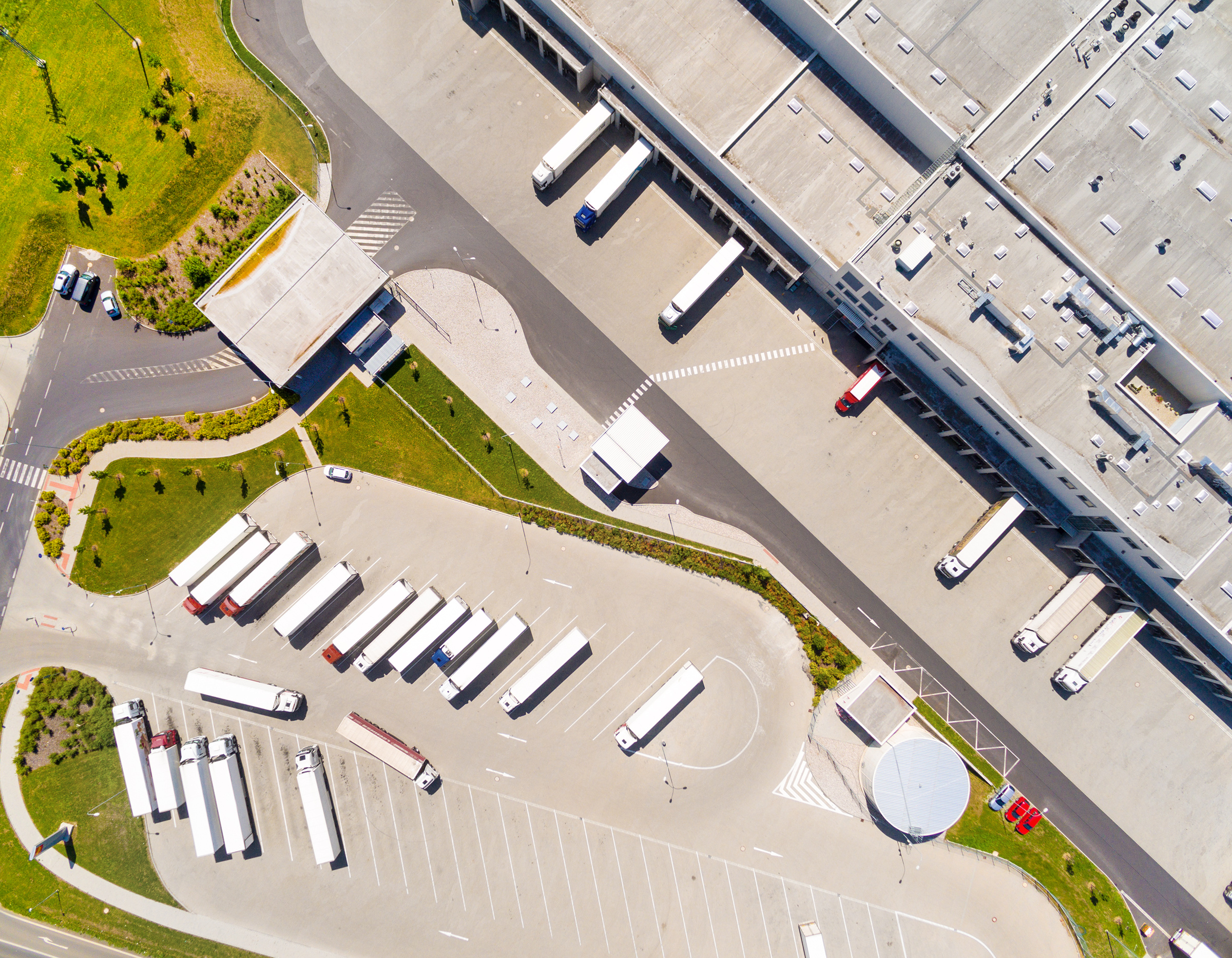Most would agree that the significant expenditure of companies with heavy commercial vehicles (HCVs) consistently comes from fuel. And these businesses can save a lot of money by ensuring their fleets use fuel as efficiently as possible. While you can’t influence the market or the price of fuel, there are actions you can take to minimize your fuel costs.
Fortunately, GPS tracking actions can help you reduce your fuel costs and save money. On average, implementing Linqo solution can help you save 15% of your fleet’s fuel expenses. And here we list 4 quantifiable ways how to do it and improve your company’s bottom line with telematics benefits:
1. DECREASE FUEL LOSS RESULTING FROM DANGEROUS DRIVING
Excessive idling and aggressive driving are two habits that can significantly increase fuel use. A truck’s fuel consumption might increase by as much as 20% if the driver quickly accelerates or decelerates. Every year, these wasteful habits end up costing a lot of money.
With the data provided by a fleet fuel telematics solution, you can encourage your drivers to reduce wasteful fuel practices like excessive idling. Reports on fuel use and alerts for idling, speeding, accelerating and other aggressive driving behaviors can be accessed with the help of telematics solutions such as Linqo Eco-Drive. You can zero in on trouble spots and prioritize parameters based on where you think your company needs the most significant improvement. Individually, they might not seem like much, but when added up, they can significantly impact things like gas mileage and vehicle wear and tear. The fleet’s driving patterns can be better understood, driver training programs developed, and good behavior incentivized if they are tracked.
2. ELIMINATE FUEL THEFT
Fuel theft can be a significant problem for fleet managers, leading to increased costs and decreased efficiency. Fuel theft can happen in several ways, including siphoning fuel from tanks, stealing fuel cards, and unauthorized fuel usage. Fortunately, GPS tracking solutions, such as Fuel Monitoring and Control from Linqo list of solutions, can help eliminate fuel theft by providing real-time monitoring of fuel usage. It can detect when a vehicle is consuming fuel while not in use or when it’s not on an assigned route. Such anomalies can be an indication of fuel theft, and GPS tracking solutions can alert fleet managers in real-time to take action.
Confirming fuel purchases is no longer a guessing game – verifying suspected fraudulent charges can be time-consuming and difficult without access to fuel purchase history. Parameters can be configured to track a certain usage percentage over a given period. Fleet managers can use this data to cross-check fuel transactions against their records and identify any fraudulent activities.
3. ORGANIZE PREVENTATIVE MAINTENANCE
Fuel usage levels are not the only factor in the high cost of maintaining your fleet. It is important to schedule preventative maintenance. Aggressive driving styles can lead to premature car maintenance needs, and Unmaintained vehicles have a greater tendency to consume more gas. Implementing preemptive and predictive maintenance regimens may improve fleet vehicle performance and efficiency. Ensure smooth operation and manage your fleet’s technical maintenance and inspection tasks to reduce its wear and tear with Linqo Tracking solutions. Get notifications when your vehicles need to be serviced and plan all maintenance activities in advance to save time and operating costs.
Preventive maintenance can be scheduled for off-peak times or after-hours, so it won’t interfere with operations. This can help avoid unexpected repairs and ensure vehicles operate at peak performance, leading to increased fuel efficiency. Using telematics, you can establish thresholds for time and distance-based notifications. Moreover, telematics’ ability to connect to your fleet vehicles’ engines means you’ll receive warnings the moment an issue develops. This helps prevent the wear and tear that contributes to excessive gas use.
4. OPTIMIZE ROUTS
With a telematics solution, you can track your fleet’s whereabouts and usage to ensure they always take the most time- and fuel-saving routes possible. So that they don’t waste time and fuel going to far-off jobs, you can assign drivers to ones close to where they already are. Your fleet vehicles can save energy and reduce emissions by idling less if you design their itineraries around times of low traffic volume. And your drivers will be safer on the road if they are given ample time to reach their destinations. These routes can avoid congested areas and minimize the distance traveled, reducing fuel consumption. Additionally, GPS tracking solutions can help drivers avoid road construction, accidents, and other obstacles that can cause delays and increase fuel consumption. By optimizing driving routes, fleet managers can reduce fuel costs and improve delivery times.
In conclusion, GPS tracking solutions can provide businesses and individuals with valuable data on how their vehicles are being used, and how they can be used more efficiently to save fuel. By promoting eco-driving, monitoring driver behavior, minimizing the possibility of fuel theft, reducing idling, optimizing routes and keeping vehicles well-maintained, businesses and individuals can take steps to improve fuel efficiency and save money on fuel costs.








